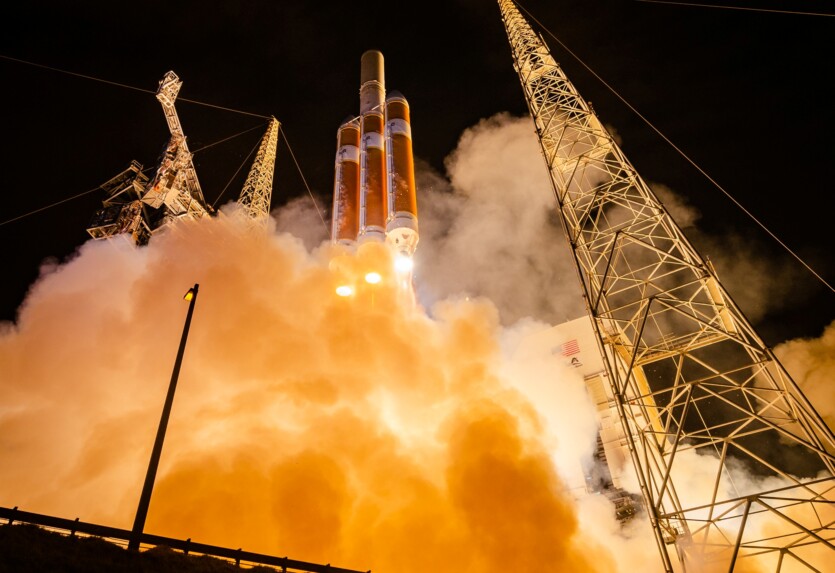Revolutionizing Space Travel: Liquid Uranium Fuel Rocket Engine Promises Unprecedented Speeds
Key Ideas
- Engineers from The University of Alabama and The Ohio State University are developing a centrifugal nuclear thermal rocket using liquid uranium fuel, aiming for double the specific impulse of chemical engines.
- The technology could significantly increase spacecraft speed while maintaining traction, heating hydrogen to high temperatures using liquid uranium in a rotating centrifuge.
- Challenges include managing nuclear reactions, stabilizing internal temperatures with erbium-167, and preventing uranium leaks through the nozzle, proposing dielectrophoresis for recovery.
- Further research is needed for optimization, modeling, and testing of the centrifugal nuclear thermal rocket engine concept before progressing to prototype development.
American engineers from The University of Alabama at Huntsville and The Ohio State University are working on a groundbreaking project to revolutionize space travel by developing a rocket engine that utilizes liquid uranium fuel for centrifugal nuclear thermal rockets (CNTR). This innovative technology aims to provide twice the specific impulse compared to traditional chemical engines, enabling spacecraft to achieve higher speeds and travel longer distances. The project, part of the NASA DRACO initiative, focuses on nuclear thermal propulsion system (NTP) with a solid core to achieve a specific impulse of approximately 900 seconds, significantly higher than chemical engines but lower than most ion engines. In contrast, the CNTR using liquid uranium could achieve a specific impulse of about 1,500 seconds, promising unprecedented speeds for spacecraft while maintaining traction levels.
Topics
Fuel Cells
Space Technology
Nuclear Propulsion
Research Challenges
Rocket Engineering
Future Of Space Travel
Latest News
